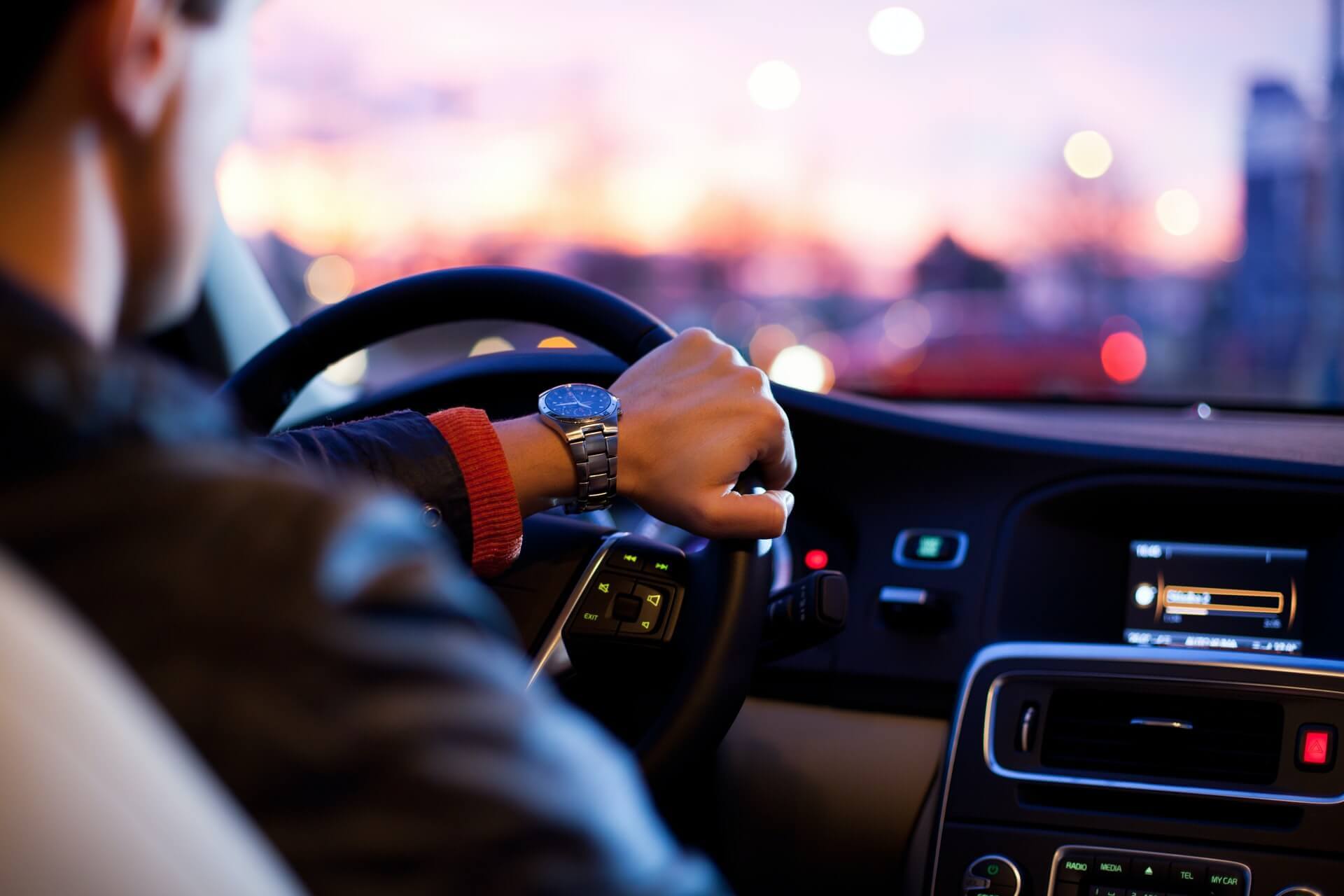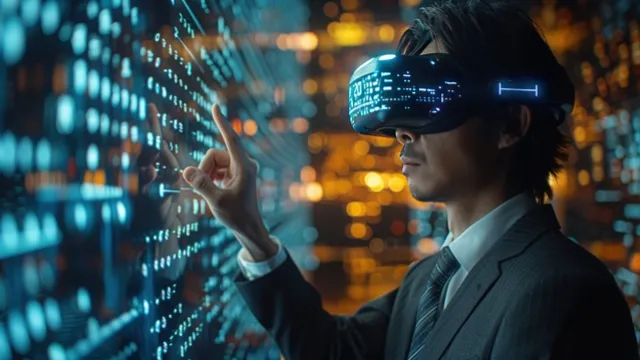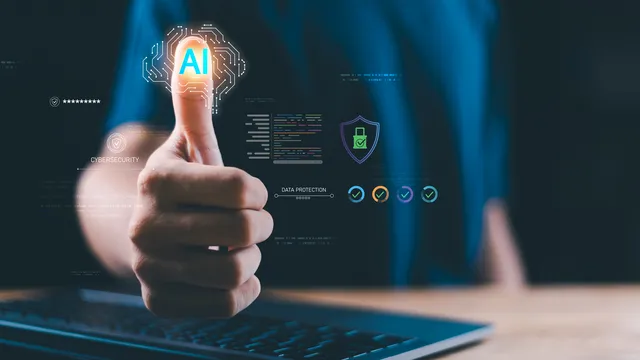What is a smart car? Know about models created

Autonomous cars that do not need the driver and can drive themselves are already a reality these days. Big names in technology like Google and Uber, as well as brands like Tesla, Audi, Mercedes, BMW, Honda, Volvo, Toyota, among others, work to offer the technology to the end consumer shortly. The idea is to create automobiles completely independent of humans, with the promise of greater safety and efficiency. And Get to know the smart car and its models.
Although a fully autonomous vehicle does not yet exist, progress in the sector has been rapid: growth is 16% per year, and this market has the potential to move US$ 556 billion as early as 2026future and learn how the technology works.Learn more about what the smart car is and some of the main models.
What is Smart Car
In general terms, an autonomous car uses a set of sensors of different types, which capture real-time information about its position on the road, the relative distance of potential obstacles, and other vehicles. In addition, they also recognize traffic signs, lanes on the pavement and observe the behavior of pedestrians, among other actions.
Depending on the complexity of the system, an autonomous car may have more emphasis on one of these types of sensors. But, in general, all commercially available models bet on this type of system. There are also variations in the level of autonomy, defined by a scale from 0 to 5. At 5, the car is completely independent of a driver’s control and will be able to operate alone in any condition and type of road. At 0, the vehicle is completely dependent on a human behind the wheel to function.
Also Read: Best top 10 mobile app features to attract your customers
Smart Car Features
There are still no level 5 vehicles on the autonomy scale. Currently, the most advanced cars are at level 3: they can already operate some tasks on their own, but still, depending on the supervision of a driver for safety reasons.
Does it look like a movie or a car from the future? It still is, but we are increasingly being introduced to this time—very quickly. Therefore, it is important to understand that basically, the entire operation of this technology revolves around the internet.Communication between cars and the city’s infrastructure takes place through data transmission via the web.
In practice, the traffic light sends a signal to the central that the light will turn red and the vehicle receives the information in real-time, starting braking and stopping at the exact necessary time.The exchange of information between vehicles on the road is essential for the success of these new cars. Cars must receive correct and accurate data on speed, trajectory, and acceleration from everyone traveling in the same place. This generates the possibility of autonomous driving (the car drives itself).
Technologies used by these vehicles
Even though this technology is not yet fully available in today’s cars, many functions can already be tested, which brings an excellent advantage to vehicle drivers and passengers. Below, see what they are:
Adaptive speed control:
The car calculates the distance between it and the vehicle in front of it and then slows down to prevent cars from approaching. The driver can use the function automatically or set it to a minimal speed. In both cases, the driver becomes an adjunct to the car’s acceleration, while the intelligent system begins to do it on its own.
Automatic frontal collision locking:
The system identifies potential hazards in objects in front of the vehicle and brakes, avoiding a crash.The brakes are automatically applied to prevent a collision. It is worth noting that this functionality is different from the alert, which only guides the driver about possible obstacles.
Recognition of license plates and signs:
In practice, the system simplifies the information for the driver: the sensor recognizes and identifies the information on license plates and traffic signs, passing on the directions to the driver through the panel.
Lane change assistant:
The system indicates when the vehicle is moving into the other lanes and returns the vehicle to the correct position (in the middle, between the side lanes).
Power steering:
This system is the combination of several functions that were presented above with the driver profile. Thus, whenever an abnormal pattern of behavior is identified, the intelligent system will assume the vehicle’s autonomy, placing it on the correct path.For the proper functioning of such technology, several cameras and sensors must be spread throughout the car. This will bring greater precision to the information passed on the vehicle to the systems.We can understand that the application of technologies together with the skills of drivers makes traffic safer and more sustainable, bringing benefits to all.
Infotainment system:
As its name suggests, this system is responsible for controlling the car’s entertainment and information functions. That is, it is through it that the driver can access the controls for air conditioning, sound, navigation, or mobile applications. All this interactively from a touchscreen.In this category are systems that give access to Google’s Android Auto and Apple’s CarPlay. To use the system, just connect your cell phone and ask to make phone calls, send and receive messages, access music, control maps, and other features available on mobile phones.You can hire phone and internet bundles and also use them for your car.
Blindspot detector:
The blind spot detector is one of the leading automotive technologies today. You probably know that many times the driver does not see the vehicle next to him when he changes lanes, because of what we call a blind spot.With the technology of smart cars, the car can inform the presence of some element in the driver’s blind spot, through sensors or cameras.
Smart headlights:
Smart headlights are those that have LED and other automotive technologies to prevent accidents at night. Some models have rotating lamps that direct the light beam to the sides, which allows a better view of pedestrians. The high beam system, on the other hand, prevents the lighting from getting in the way of other drivers.
Top 3 of smart cars in the world
Smart cars are a strong trend in the car market, but many futuristic features are already appearing on top-of-the-line models around the world. In countries where electric cars are already a reality, vehicles have benefits that go beyond the low emission of pollutants. Check now the 3 main models that exist in the world.
Tesla Model S
Let’s start with one of the brands that call itself the creator of the cars of the future, Tesla, and one of its models, the Model S. With three electric motors, it’s the fastest series-produced EV in the world, with an acceleration of 0 to 96km/h in approximately 2 seconds. This model also features one of the main features of semi-autonomous driving, adaptive cruise control.
Among the other driver assistance equipment, is an automatic lane change, the perpendicular parallel parking device with just one touch. The car practically walks alone with the powerful engine of 1115cv, being able to reach 320 km/h.
Toyota Mirai
The Toyota Mirai is one of the few hydrogen-powered production cars. Good, but how exactly does this work? The car itself is electric but uses hydrogen as its base fuel.Unlike combustion cars, the Mirai does not release anything but water vapor through its exhaust pipe, in addition to having inlet filters that clean the air wherever the car passes. That is, in addition to the car itself not contributing to the pollution of cities, it cleans the air in the places where it is.
It has a lane-keeping system, as well as automatic braking that recognizes pedestrians, like some smart cars. One of the most eco-friendly tech cars ever created.
Audi A8
One of the highlights when it comes to self-driving cars is the Audi A8. The vehicle brings a huge amount of technologies and automated tools, in addition to having adaptive autopilot. Here are some of the features of this machine of the future:
- Adaptive driving assistant;
- Recognition of traffic signs based on a camera system;
- Parking aid;
- Lane guidance function recognizing lane markings, vehicles in the lanes to the side and vehicle ahead;
- Recognizes traffic signs/signs through cameras;
- Autonomous Brake Assist (if an imminent frontal collision is detected, the system warns the driver optically, acoustically and haptically and, if necessary, can initiate braking assistance or full deceleration to reduce speed or avoid a collision in certain circumstances);
- Pedestrians and cyclists can be recognized up to about 85 km;
- Efficiency assistant, that is, the vehicle itself identifies and warns the driver of the best ways to save fuel;
- Evasion Assistant. In situations where the vehicle identifies the imminence of a collision with an obstacle, it warns and helps the driver to swerve.
Smart cars are very close to commercialization
So-called smart cars or self-driving cars are already among us, but they keep evolving at an ever-increasing pace. Today, even ordinary automobiles offer various onboard technological solutions that make life easier for drivers and increase passenger comfort.As we have seen, there are already cars with sensors that monitor tire pressure, brake fluid, and engine operation, for example.
Voice commands and other interactive functions are also increasingly present to meet the needs of drivers and other passengers.The use of the internet and connection with other cars will also be a reality, which may lead to a search for frontier internet plans.






